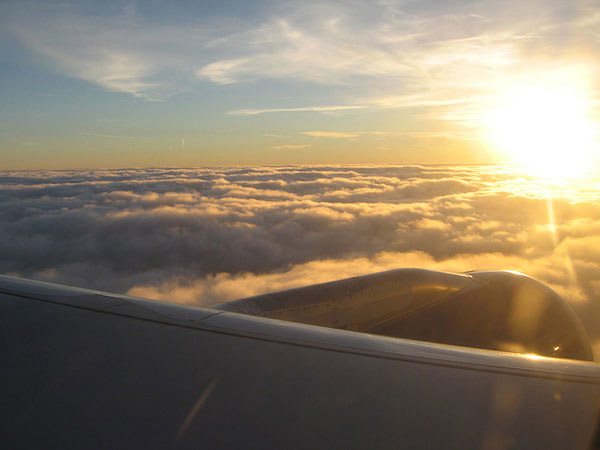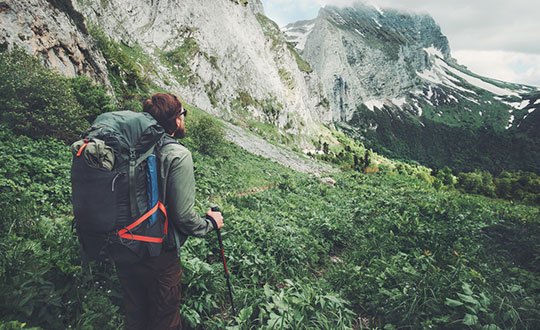Flying with camera equipment these days is nowhere near as much fun as it used to be, not that it was ever particularly entertaining. Increased security checks and airlines that are looking to squeeze every margin possible mean that packing equipment for flight has become something of a fine art. Whilst in my role as a professional photographer getting this right and not losing gear is essentially "mission critical" if I want to keep my job, many of the methods I use will be just as useful if you're simply taking your camera gear on holiday.
First off, do your basic research on the airline you're flying with, ensuring you check every leg of the journey if you have to connect with another flight. Find out what the luggage allowances are, both for carryon and checked baggage. Now get all your paperwork together, and if you're able to, check in online. This not only saves a bit of time at the airport, but it can often mean avoiding human contact at the check in desk. You don't want the difficult situation of "Excuse me, sir, would you mind placing your hand luggage on the scales."
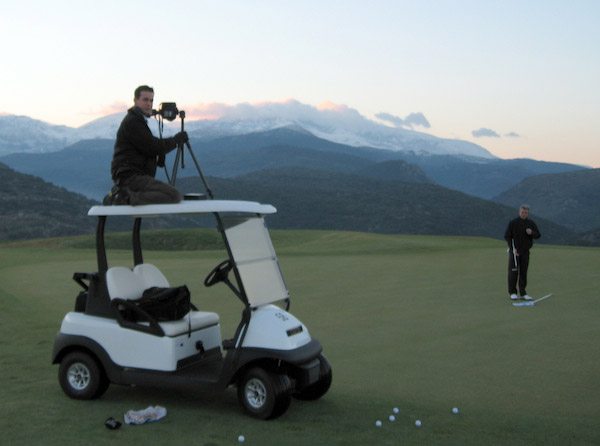
Once you know the weight and size limits of the airline(s) you're flying with, you get down to the nitty gritty of packing your gear. Here are five golden rules that have served me well over the years:
1. Ensure that your carryon bag is a self-supporting camera kit. If the worst should happen and your checked luggage goes missing, this would still allow you to at least do a basic job of covering the shoot before you were able to replace or be reunited with the rest of your equipment. Selecting exactly which bag you use for this purpose will always be a personal choice, but bear in mind that just because a manufacturer sticks a tag on a bag saying "airline approved," it does not mean that every airline on the planet will allow it. If in doubt, get something slightly smaller than the listed sizes. Don't forget that its size will increase once packed — I know mine always does!
2. Anything placed in the hold must be packed in something indestructible. Watch baggage handlers at work (sorry guys), and you'll see what I mean! Don't check anything fragile unless it's well padded and in a hard shell case you could stand on!
3. Pack light — every gram of weight counts. If you think you can light the job with flashguns rather than monoblocs, you'll save a lot of weight. Invest in a carbon fiber tripod rather than an aluminum one, and so on. Going over the weight limit is usually very expensive indeed. Whilst working as an assistant many years ago, we racked up £1200 in excess baggage charges on one flight alone, although I'll admit this was mostly through bad planning on the photographer's part!
4. Write up and print out a list of your equipment, and carry it with you. This is no substitute for a carnet (an often expensive legal document that you need to take equipment into some countries), but it can still be useful if and when your bag gets searched. Security or customs personnel sometimes make you prove you're not trying to buy or sell your gear whilst in another country. A thorough written list is also very handy should you be a victim of theft.
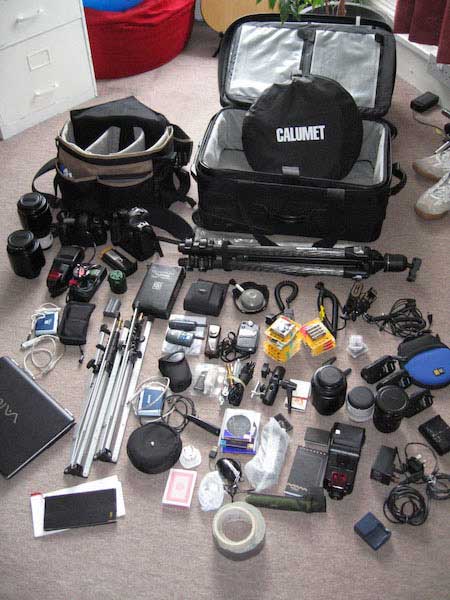
5. Duplicate your images before your return flight. Once upon a time when film was the norm and we were flying abroad for a big shoot, we'd usually get at least 2 rolls of every main shot. Before the return flight, we'd split the exposed film into 2 batches, with the assistant carrying one and the photographer the other. This was a simple way of avoiding any catastrophic consequences of getting separated, and thereby making sure that if the worst came to worst there would still be some usable images. These days it's even easier to take precautions of this nature. Simply duplicate your images before your return flight, and either carry them in two different places via hard drives or memory cards — or if possible, give a copy to someone you're travelling with.
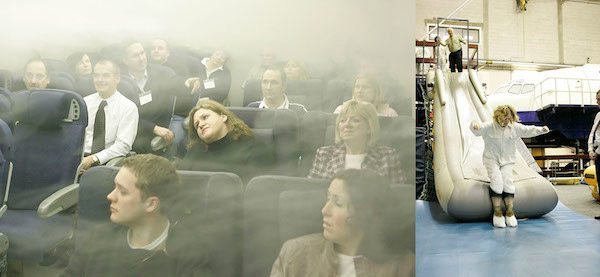
I've developed a few slightly fastidious habits over the hundreds of flights I've taken, and I've even been sent to photograph an emergency flight-training course, where I picked up a wealth of useful and quite scary information. Another habit I highly recommend is always carrying your passport and any other essential travel documents about your person, rather than placing them in a jacket or bag where they can easily be separated from you.
Bonus: The New York Institute of Photography is the world's largest online photography school. Enroll in one of our photography courses for as little as $39.

